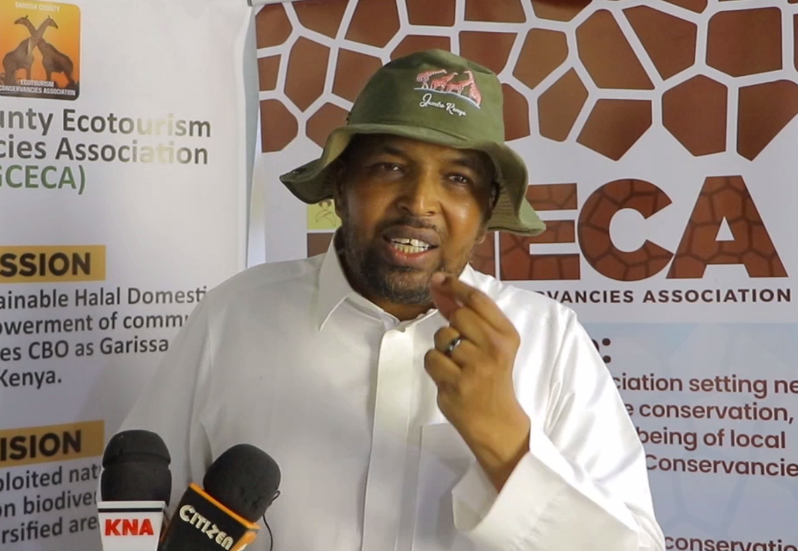Wildlife conservationists in Northeastern are calling for the amendment of the law protecting animals, saying the current one does not factor in challenges residents face.
Speaking in Garissa during a public sensitisation
meeting to get views on the proposed Wildlife Bill, 2025 (amendment), they said they have
co-existed with wild animals for centuries, but have not seen any benefit.
Sharmake Mohamed from Northeastern Conservancies Association said predation by carnivores like lions and hyenas, has led to significant livestock losses, undermining the primary livelihood of pastoral communities. He said it takes a long time for compensation to be made.
“As communities in Northern Kenya, we are demanding
that the new law addresses issues that we have in our rangeland," Sharmake said.
“And for us to continue co-existing with
them, our communities need to see benefits. Right now, we only see problems."
Ahmed Hassan said Garissa is the third-largest county in Kenya that hosts wildlife, but has little to show in terms of benefits.
“I am aware the KWS stations are very thinly spread in the country. This needs to change under the new law because it is affecting us in a big way. It is part of historical injustices,” he said.
“How can a county like Garissa, with more than 46,000
square kilometres, only have one KWS station? It is the same thing in Wajir and Mandera.”
Abdi Hamisi, a resident of Tana river said the current
law is extremely punitive.
“Surely, how do you expect an old man in a remote
village that is almost 200km from Hola town, where the KWS station is situated, to report an issue to do with human wildlife
conflict inside 48 hours as stipulated in the current law?" he posed.
“Then there is the issue of compensation that takes
years to materialise. These are the kind of things that need to be corrected."
Garissa county KWS director Thomas Kabaka said the views collected were meant to enrich
the new law and make it better.
Human-wildlife conflict in the county has intensified
in recent years, significantly impacting local communities' livelihoods and
daily activities.
Prolonged droughts have exacerbated resource scarcity,
leading to competition between humans and wildlife for water and pasture.
This scarcity has driven wildlife, including giraffes, lions and crocodiles, into human settlements in search of water and food, resulting in increased encounters and conflict.












